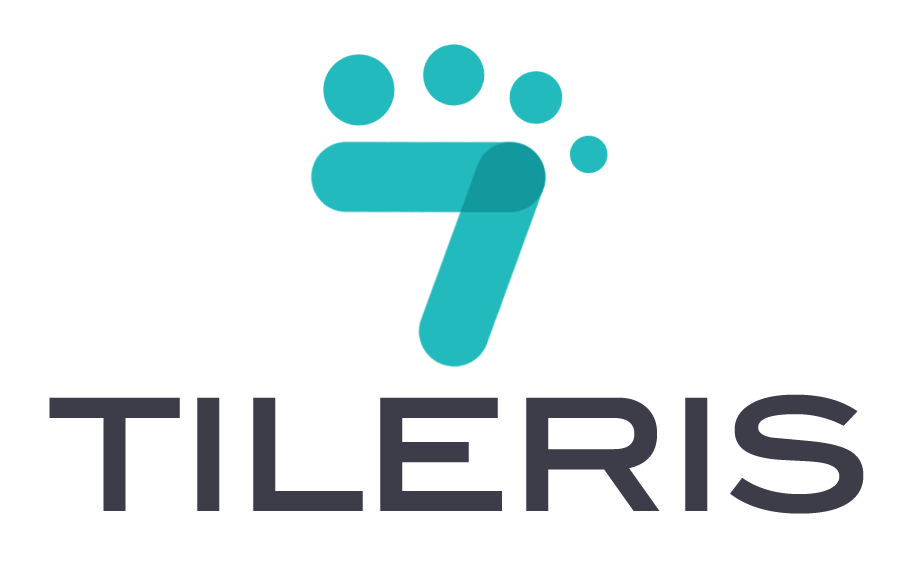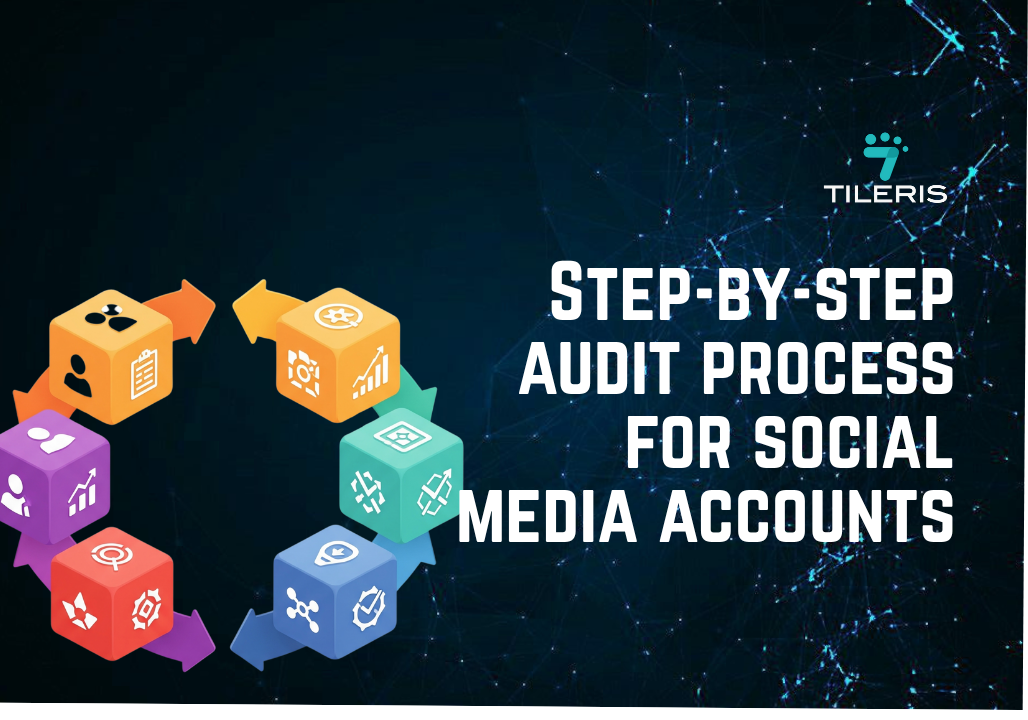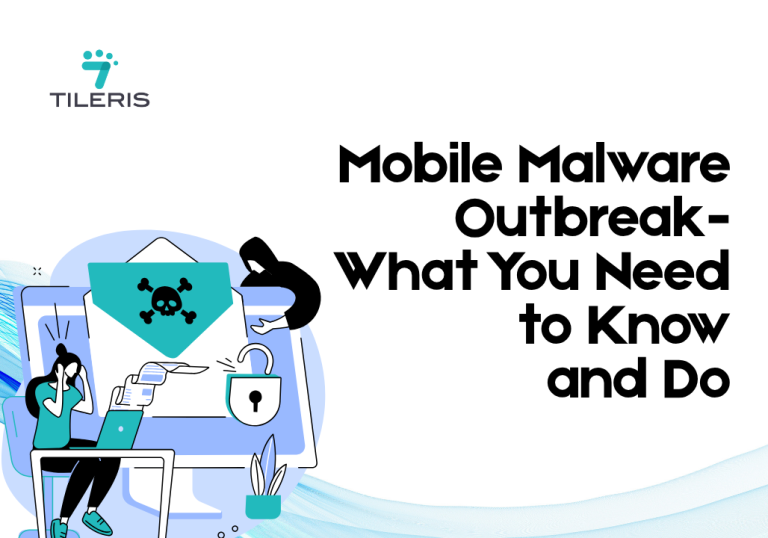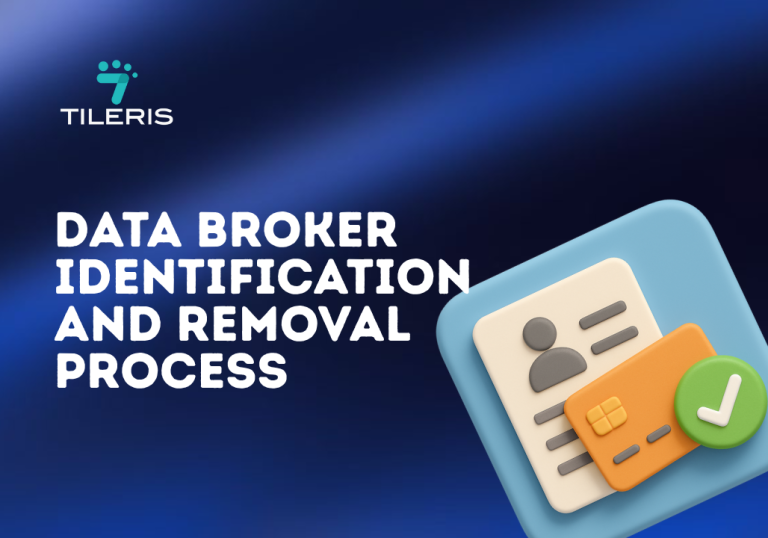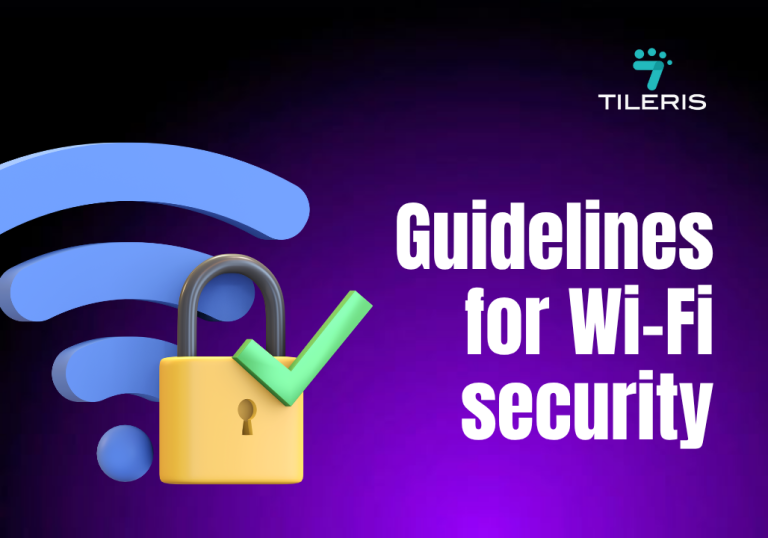Step-by-Step Audit Process for Social Media Accounts
Introduction
In today’s digital age, social media is more than just a platform for personal connection; it’s a powerful tool for individuals building personal brands and an indispensable asset for businesses engaging with their audience. However, the sheer volume of content and interactions can make it challenging to assess the effectiveness of your efforts. This is where a social media audit becomes invaluable. A comprehensive audit helps you understand what’s working, what isn’t, and where opportunities for growth and improvement lie. This article provides a step-by-step guide on the Audit Process for Social Media Accounts, ensuring your online presence is optimized for your goals as of mid-2025.
Step-by-step Audit Process For Social Media Accounts Includes:
Identify All Social Media Accounts
The very first and most critical step in any social media audit is to gain a complete inventory of your digital footprint. Many individuals and businesses inadvertently have old, forgotten, or unofficial accounts that can pose security risks or dilute their brand message.
This involves thoroughly searching for and listing every single social media profile, page, or group associated with you or your organization. Don’t limit yourself to the primary platforms; think broadly.
- Importance: Knowing which accounts exist and where they are is fundamental. Unmanaged accounts can be compromised, used for impersonation, or simply present an inconsistent or outdated image. Consolidating this information provides a clear starting point for the rest of your audit.
- Action: Create a master list or spreadsheet. Include the platform name, username/handle, direct URL, and primary contact person (for businesses).
Facebook Account Audit
Facebook remains a dominant force for personal connections and business engagement. A thorough audit involves several key areas:
- Reviewing Profile Information:
- For Personal Profiles: Check your privacy settings. Is your profile picture appropriate? Is your “About” section up-to-date and professional (if applicable)? Are there old tags or photos you need to remove or make private?
- For Business Pages: Ensure your profile picture, cover photo, “About Us” section, contact information, and business hours are current, accurate, and consistent with your branding. Verify that your calls to action (CTAs) are functioning.
- Checking Page Settings (for businesses):
- Review roles and permissions for administrators.
- Check messaging settings, page visibility, and content moderation rules.
- Ensure any linked accounts (e.g., Instagram) are correctly connected.
- Evaluating Content Quality:
- Analyze the types of posts (text, image, video, link) you publish. Are they diverse and engaging?
- Is the tone consistent with your brand or personal image?
- Are images and videos high-quality and relevant?
- Analyzing Engagement Metrics:
- Look at likes, comments, shares, and reach per post. Identify which content types or topics generate the most interaction.
- Track follower growth and demographic insights.
- Use Facebook Insights (for pages) to delve deeper into audience behavior.
X (formerly Twitter) Account Audit
X’s real-time nature demands a focused audit to ensure your voice cuts through the noise.
- Reviewing Profile Information:
- Ensure your profile picture, banner image, bio, and link are up-to-date and clearly convey your purpose or brand message.
- Verify that your display name and handle are consistent and professional.
- Evaluating Tweet Quality:
- Assess the balance of your tweets: are you only self-promoting, or are you engaging in conversations, sharing valuable insights, or asking questions?
- Review the clarity, conciseness, and relevance of your recent tweets.
- Are you utilizing multimedia (images, GIFs, videos) effectively?
- Analyzing Engagement Metrics:
- Examine impressions, engagements (likes, retweets, replies), and engagement rate per tweet.
- Identify your most successful tweets and analyze commonalities.
- Monitor follower growth and demographic data through X Analytics.
- Assessing Hashtag Strategy:
- Are you using relevant and appropriate hashtags?
- Are your hashtags helping increase visibility or just adding clutter?
- Avoid over-tagging.
Instagram Account Audit
Instagram’s visual-first platform requires an audit focused on aesthetics and community engagement.
- Reviewing Profile Information:
- Ensure your profile picture, bio, website link, and contact options are clear, compelling, and up-to-date.
- Is your profile categorized correctly (for business accounts)?
- Evaluating Post Quality:
- Assess the visual consistency and quality of your photos and videos. Do they align with your brand’s aesthetic?
- Review your captions for clarity, tone, and call to action.
- Are you effectively using Reels, Stories, and Guides?
- Analyzing Engagement Metrics:
- Track likes, comments, shares, saves, and reach per post.
- Identify content themes, formats, or times that drive the highest engagement.
- Monitor follower growth and demographic insights through Instagram Insights (for professional accounts).
- Assessing Hashtag Strategy:
- Are you using a mix of broad, niche, and branded hashtags?
- Are you researching trending hashtags relevant to your content?
- Avoid using banned or irrelevant hashtags.
LinkedIn Account Audit
LinkedIn is the premier platform for professional networking and B2B engagement. Its audit focuses on professionalism and thought leadership.
LinkedIn is the premier platform for professional networking and B2B engagement. Its audit focuses on professionalism and thought leadership.
- Reviewing Profile Information:
- For Personal Profiles: Ensure your headline, “About” section, experience, education, skills, and endorsements are fully completed, optimized with keywords, and reflect your current professional standing. Your profile picture should be professional.
- For Company Pages: Verify that your company description, specialties, location, and employee count are accurate and appealing.
- Evaluating Post Quality:
- Assess the relevance and value of your posts. Are they thought-provoking, informative, or industry-specific?
- Are you sharing articles, insights, or updates that position you or your company as an expert?
- Check for consistent tone and professional language.
- Analyzing Engagement Metrics:
- Track impressions, reactions, comments, and shares on your posts.
- Identify which types of content or professional topics resonate most with your audience.
- Monitor follower/connection growth and demographic insights via LinkedIn Analytics.
- Assessing Networking Strategy:
- Are you actively connecting with relevant professionals, industry leaders, and potential clients?
- Are you engaging with posts from your connections and groups?
- For businesses, is your employee advocacy program active and effective?
TikTok Account Audit
TikTok’s explosive growth makes it a crucial platform for reaching younger audiences through short-form video.
- Reviewing Profile Information:
- Ensure your profile picture, username, and bio are catchy, concise, and reflective of your content or brand.
- Verify that any external links (e.g., Instagram, YouTube) are working correctly.
- Evaluating Video Quality:
- Assess the visual and audio quality of your videos. Are they clear, well-lit, and easy to understand?
- Analyze your video style and editing. Is it engaging and aligned with TikTok trends?
- Is your content unique and compelling, or just replicating others?
- Analyzing Engagement Metrics:
- Track views, likes, comments, shares, and saves per video.
- Pay attention to “watch time” – how long users are staying on your videos.
- Monitor follower growth and demographic data through TikTok Analytics (for business/creator accounts).
- Assessing Hashtag Strategy:
- Are you using a mix of trending, niche, and branded hashtags?
- Are your hashtags driving discovery and engagement?
- Are you participating in relevant hashtag challenges?
Pinterest Account Audit
Pinterest acts as a visual search engine and discovery platform, making its audit unique in its focus on organization and discoverability.
- Reviewing Profile Information:
- Ensure your profile picture, display name, and bio are clear, keyword-rich, and accurately describe your content or brand.
- Verify your website is claimed and linked correctly.
- Evaluating Board Organization:
- Are your boards logically organized with clear, descriptive titles and cover images?
- Are your boards relevant to your niche or interests?
- Are there any inactive or redundant boards that should be cleaned up?
- Analyzing Pin Quality:
- Assess the visual appeal of your pins (high-quality images/videos, clear text overlays).
- Are your pin descriptions keyword-rich and helpful?
- Do your pins lead to relevant and working external links?
- Assessing Engagement Metrics:
- Track impressions, saves (repins), clicks (outbound clicks), and engagement rate for your pins and boards using Pinterest Analytics.
- Identify which pin formats, topics, or board types perform best.
- Monitor follower growth.
Analyze and Compare Results
Once you’ve collected data from each platform, the real work of optimization begins. This step involves synthesizing your findings.
Instead of looking at each platform in isolation, bring all your data together. Create a summary of key performance indicators (KPIs) for each account..
How to Identify Areas for Improvement:
- Performance Gaps: Where are you underperforming compared to your goals or industry benchmarks? (e.g., low engagement on Facebook, inconsistent views on TikTok).
- Content Opportunities: What content types or topics consistently overperform across multiple platforms? Can you repurpose successful content?
- Audience Insights: Are your audiences consistent across platforms? Are you reaching the right demographics?
- Resource Allocation: Are you spending too much time on a platform that yields minimal results, or too little time on one with high potential?
- Optimize Social Media Presence: This cross-platform view helps you understand your overall strategy’s strengths and weaknesses, allowing for a more holistic optimization approach.
Develop an Action Plan
Analysis without action is wasted effort. This step translates your insights into concrete, actionable strategies.
Based on your analysis, create a detailed plan outlining specific changes and new initiatives for each social media account and for your overall strategy.
How to Create a Plan to Optimize Social Media Presence and Engagement
- Set SMART Goals: Define Specific, Measurable, Achievable, Relevant, and Time-bound goals for each platform (e.g., “Increase Instagram engagement rate by 15% in Q3”).
- Content Strategy Refinement: Outline specific content types to create more of, new formats to test, or topics to focus on.
- Scheduling and Consistency: Plan a consistent posting schedule based on optimal engagement times.
- Audience Engagement Tactics: Detail strategies for responding to comments, initiating conversations, and participating in relevant communities.
- Profile Optimization Tasks: List specific profile updates or clean-up tasks.
- Measurement Plan: Define how you will track progress against your new goals.
- Assign Responsibilities: For businesses, clearly assign who is responsible for each task.
Conclusion
Regularly auditing your social media accounts is not a luxury; it’s a fundamental practice for anyone serious about maintaining a strong and effective online presence. From identifying all your active profiles to meticulously reviewing content quality, analyzing engagement, and assessing strategic elements like hashtags and networking, each step provides invaluable insights. The ultimate goal is to move beyond simply posting and truly understand what resonates with your audience. By synthesizing your findings and developing a clear action plan, you can continually refine your strategy, optimize your social media presence, and ensure your online efforts consistently align with your personal or business objectives. Make social media audits a routine part of your digital strategy to unlock its full potential.
Regularly auditing your social media accounts is not a luxury; it’s a fundamental practice for anyone serious about maintaining a strong and effective online presence, especially given the inherent security risks of unmanaged digital footprints. By meticulously reviewing content, analyzing engagement, and refining your strategy, you gain invaluable insights into your online narrative. To take your digital security a step further and ensure comprehensive protection beyond just social media, we strongly encourage you to download our free Security Checklist today. For more personalized guidance on your specific cybersecurity concerns or to address any deeper questions about safeguarding your online presence, don’t hesitate to consult our specialists for a dedicated discussion.
